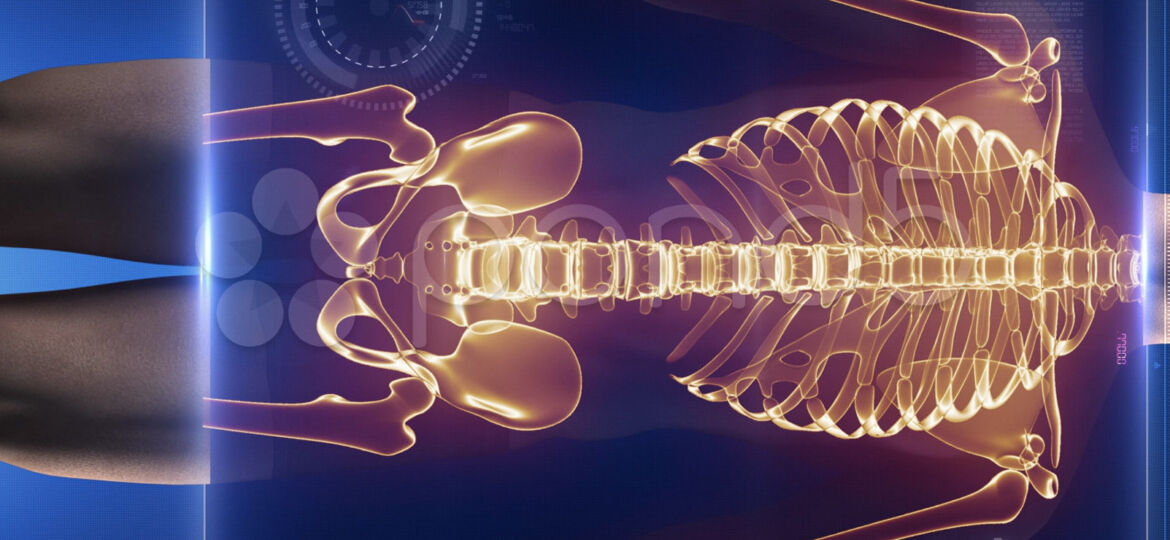
WHY THIS MATTERS IN BRIEF
Thousands of soldiers are injured in battle every year, now the US Army is scanning, digitising and creating digital twins of its soldiers that will let field medics 3D print new body parts in the field that could save their lives.
The US military have announced that they’re in discussions with the University of Nevada to create complete virtual copies of their soldiers – almost down to the cellular level – that will be made using X-Rays, MRIs and ultrasounds which will be stitched together to create a full 3D digital copy of the soldiers entire body. But that’s just the beginning, and it’s also the easy part, because the military are going to use these so called “digital twins” to help them 3D print body parts in the battlefield which will be used to treat, and save the lives of, injured soldiers. And if that all sounds too sci-fi for you then prepare to be surprised.
The team of experts who are going to be involved in the project are already using virtual, touch controlled, operating tables, manufactured by a company called Anatomage. Today, the tables, which are basically virtual cadavers, let students and doctors practise dissecting the human body without the need for a real human body.
Speaking at the American Association for the Advancement of Science Conference in San Jose, Dr. James Mah, clinical professor at the University of Nevada, told the audience how these tables will be used to create virtual replicas of each soldier, as a “backup” of sorts, in case the soldier is injured, or losses a limb, or limbs, or worse.
“The idea is to image a soldier when they’re in a healthy state so that the data – that baseline if you will – is available if it’s needed at a later point,” explained Mah, “soldiers get injured, they lose limbs and other tissues and it’s a challenge to reconstruct them in the field. But if they are imaged beforehand, you can send that file, or that image, over the internet and have a 3D printer [or 3D bioprinter] print out a replacement body part, such as a bone, or soft tissue, which can then be used to reconstruct them.”
Yes, you heard that right. And no you are not dreaming. And no it’s not as far fetched as you might think – if anything it’s already becoming more sci-fact than sci-fi, after all, we’ve already managed to use 3D printing to print replacement human bones, including skulls, arteries, and parts of brains, hearts and kidneys.
Under the new initiative, if a soldier is injured in the field, doctors and medics would be able to retrieve the data from the digital twin, compare it with the soldiers injuries, and using 3D printing, and, of course, medical savvy, begin the soldiers “reconstruction process”.
With the right data, the right skill and the right technology it’s also easy to argue that the injured soldier could be repaired to an almost as good as new – if not better – state. Imagine giving a soldier a new 3D printed human kidney, but without all of the years of damage that’s come about from natural wear and tear, or a new heart that’s free from plaque, or an enhanced heart, and organs, that have customised sensors printed right into the tissues.
And this is all just the beginning. Enhanced organs, enhanced soldiers… I’m sure there’s another article there, but I digress.
When implanted into the human body all of these new 3D printed replacement parts, whether they’re natural or enhanced, and some of which will have been bioprinted using the soldiers own pluripotent stem cells, in order to eliminate the prospect of rejection, will all be designed to integrate seemlesly with the soldiers own body – 3D printed bone and tissue, for example, will fuse seamlessly with the soldiers natural bone and tissue, and so on.
“A variety of injuries can happen on the battlefield and repair is unfortunately a long process,” said Mah, “the sooner you can get the replacement parts together the better.”
The idea of creating virtual twins of ourselves in case of an accident is an idea only previously conceived of in sci-fi novels. When you add to it the idea of being able to use these virtual copies of ourselves to 3D print entirely new body parts, and maybe one day even 3D print entire new humans, or avatars, into which our consciousness and memories could be transferred then, well, things just get trippy – even for me, and I’m a futurist. And while it looks like the military will be the first to benefit from these advances it’s conceivable – dare we say inevitable – that one day it’ll be available to civilians as well.
So what are you waiting for? Get scanned and say hi to your new best friend, your digital twin.

















[…] Source link […]
[…] chips, and this research, could even help to herald in a new era of regenerative medicine, where army field medics, doctors and scientists could grow transplantable, personalised replacement organs from patients […]
[…] May this year, in a project that’s reminiscent of the US Army’s announcement to create digital avatars of its soldiers, Cancer Research UK will kick off a new multi-million pound project that, […]
[…] Researchers, doctors and bio-technicians at the US Army Institute of Surgical Research are working on new, more efficient ways to administer blood to troops who are injured in combat, and one day we could see it, and other advances used along technologies such as the US Army’s “Digital Twin” program. […]